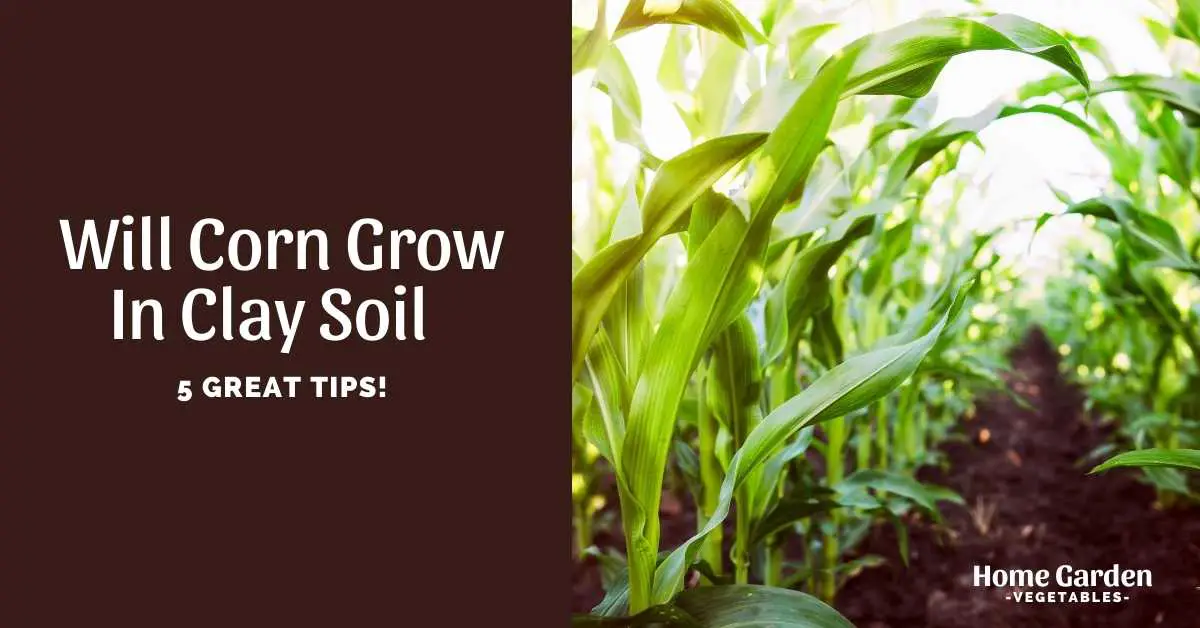Corn is a beautiful crop for your warm-season vegetable garden. If you have the space for it, with the right growing conditions, you’ll enjoy the perfect ears of corn each time.
Like most other vegetables, corn plants also appreciate deep, rich, friable soil, enriched with all the essential nutrients for development. But, is every gardener lucky enough to find the best soil naturally present in their backyard? No, hardly any will find the best garden bed just waiting to house the seeds. Will corn grow in clay soil? Let’s find out.
Reader Poll: What online courses would interest you?
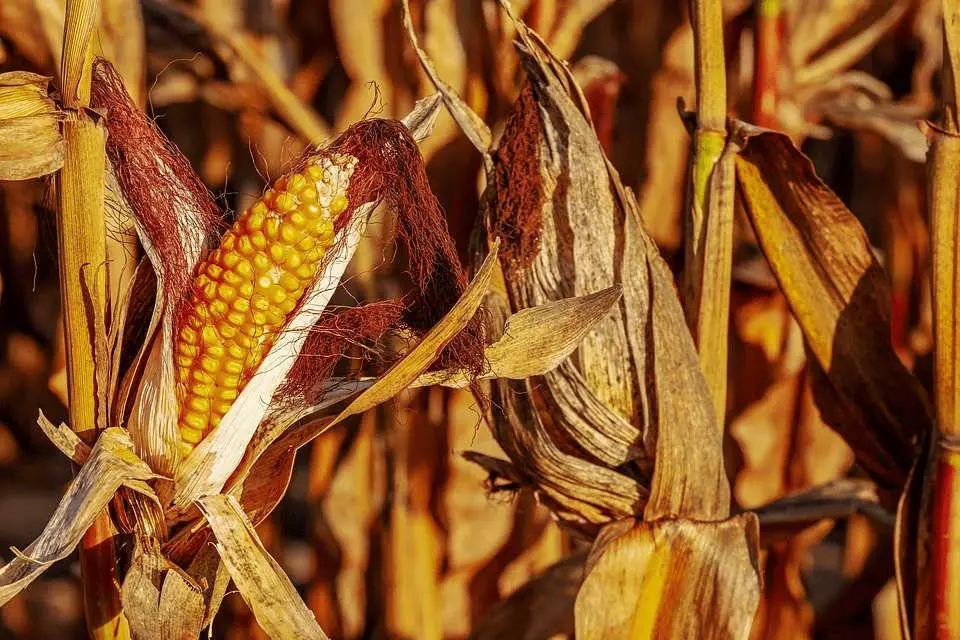
Don’t Have The Best Garden Soil?
If you blame the garden soil for your weak plants and poor harvests, you’re not alone. Most gardens present unfavorable conditions for gardeners. They will require a bit extra attention before and after planting to grow the thriving corn crop you’re planning on.
So, will corn grow in clay soil? Clay soil isn’t a gardener’s idea of perfect soil. It’s quite challenging to get a garden going in it, be it corn or anything else. However, having clay soil in your garden doesn’t mean you have to give up your green thumb and let precious space go to waste. This post will help you understand clay soil and how to prepare it for growing perfect corn.
What’s The Ideal Soil For Corn?
Before preparing your clay soil for a successful corn crop, it’s vital to understand the requirements of the plant itself. Corn crop grows best in well-drained, moist, fertile, workable soil. It prefers a sandy loam with a pH in the range of 5.8 to 6.8. Even if you have heavy clayey soil in your garden, with the right amendments and techniques, you can prepare the perfect home for your corn plants.
Subscribe to our newsletter!
Understanding Clay Soil
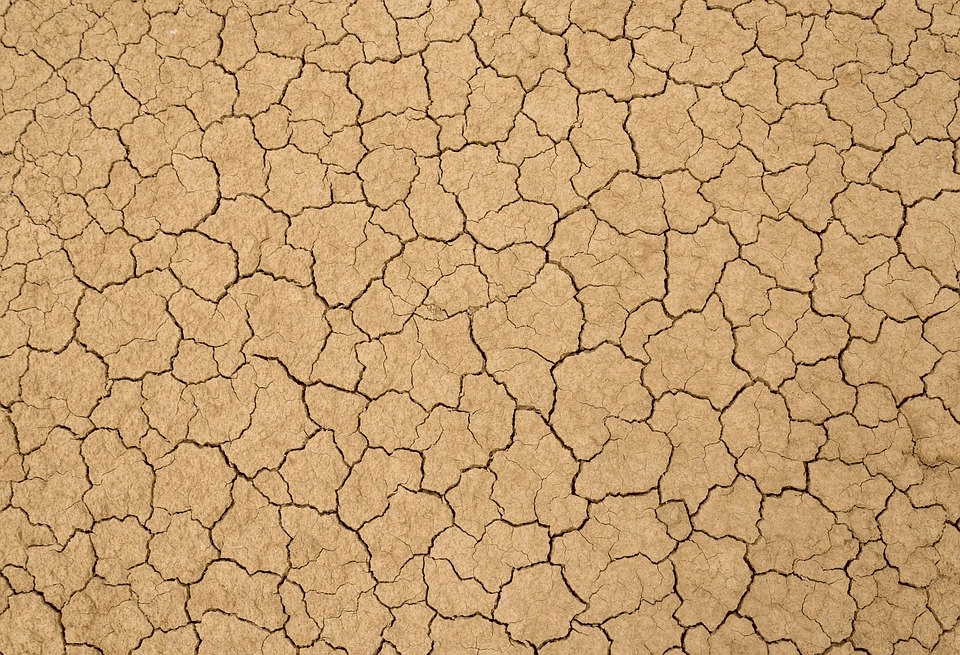
Before deciding what you’re dealing with, it’s important to understand the kind of soil you have. If the earth appears cracked throughout the surface when it’s dry and wet even days after a rainy period, you may have clay soil.
A more reliable check is to take some damp soil in your hands and squeeze it. Upon opening the hand, if the dirt doesn’t fall apart even after poking it, you’re dealing with clay soil. Clay appears heavy, but the clay particles are finer than sand. Moisture can easily clump them together, limiting the oxygen levels in the earth, and preventing the unobstructed development of roots.
Problems Resulting From Soil Compaction
Heavy or clayey soil is naturally compact. Compaction increases soil strength and reduces aeration and drainage. Because of the lack of aeration, oxygen levels, important for root development and the survival of soil microorganisms, are substantially low in such soils.
Excessive soil strength lowers the ability of roots to penetrate deeper into the soil. Roots of your corn plant will either end up fanning horizontally or growing through cleavages in the compacted soil. With these hurdles in their development, plant growth will be stunted. With weaker plants, you can’t expect the yield or quality as you would with the optimal conditions.
How To Prepare Clay Soil?
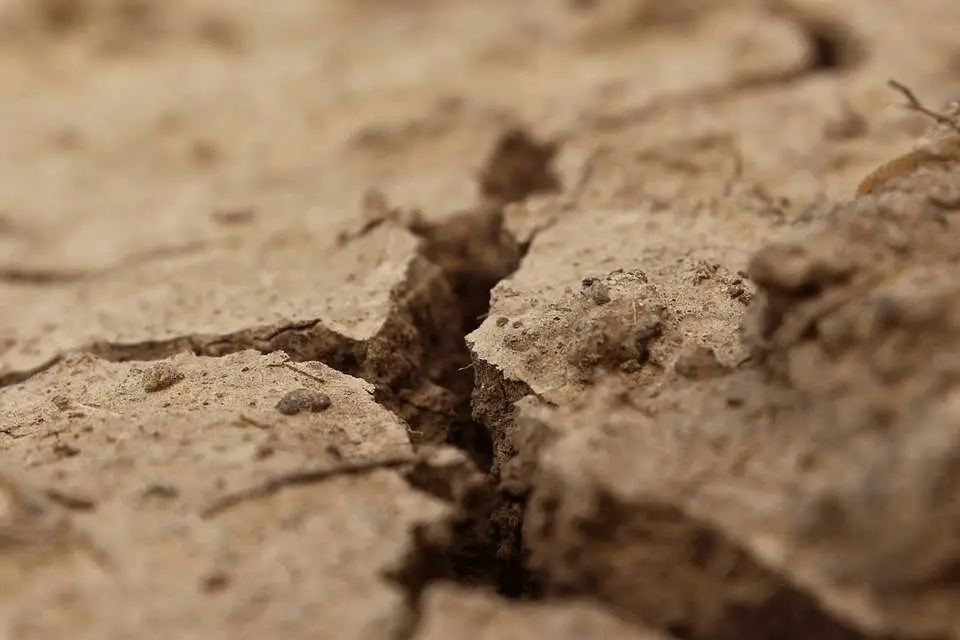
The problems of heavy, clay soil can be eliminated with proper planning. Some additional measures before and after planting can help ensure that your corn crop has the ideal growing conditions, even if you didn’t start with the best soil. Here are some tips to prepare clay soil for growing corn.
1.Tilling
For growing corn, till the land to a depth of 6 to 8 inches. Break the hard clumps of soil and remove any stones or debris that you find along the way. Breaking the ground loosens it to allow more aeration and improve drainage.
2.Amending With Organic Matter
Incorporating 2 to 4 inches of well-aged compost into the tilled land also helps improve the drainage and soil structure. The organic matter settles between the clay particles to break the compaction, improving aeration and drainage. Use leftover corn and garden waste to make your own compost!
3.Fertilization
If your soil is nutrient-deficient, you may also need to apply packaged fertilizer. A balanced fertilizer, for example, 12-12-12, can replenish the required nitrogen levels in the earth for the proper development of the young corn plants. Incorporate it in the soil a few months before planting, so the ground is already enriched with nutrients when the plants set roots.
4.Soil pH
Corn enjoys slight acidity in its soil, with pH in the range of 5.8 to 6.8. With less-than-perfect soil, you need to be even more careful regarding the fulfillment of other requirements. Get the soil tested a couple of months in advance before you plant the seeds. If it’s lower than the ideal range, include lime in the garden bed at least two months before planting. If it’s higher than perfect, apply sulfur a couple of months before planting.
5.Mulching
Mulching is even more important with clay soil since it lowers the natural compaction and raises natural aeration to promote the activities of microorganisms within the soil layers. Overall, organic mulches help build a comfortable environment for the plants’ roots. As they break down into organic particles that are absorbed by the soil, mulches can also help improve the soil structure in the long run.
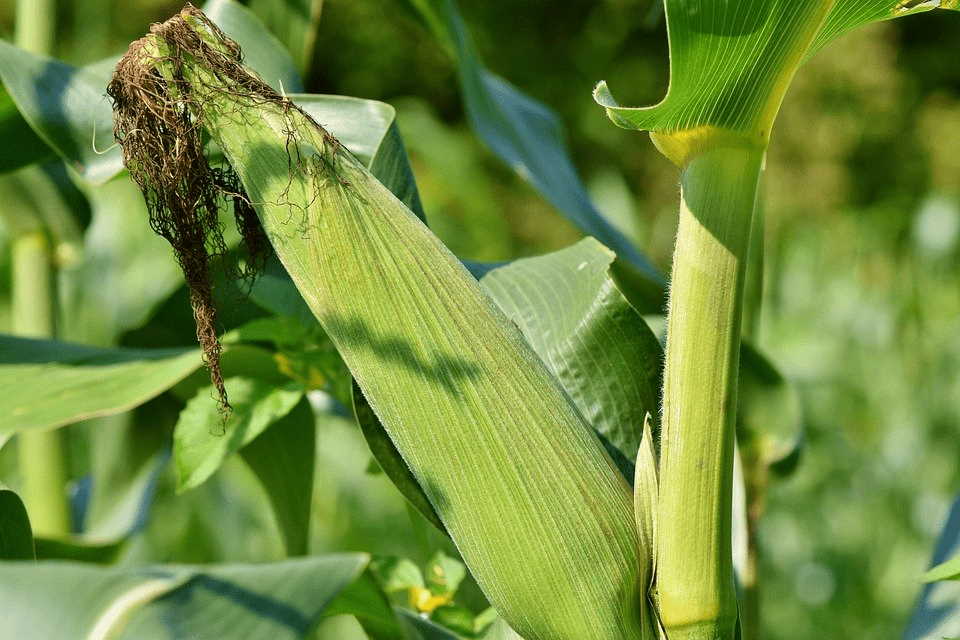
Conclusion
So your clay soil isn’t a lost cause after all. Corn will grow in clay soil and many other vegetables can thrive in your garden with just a little bit of extra effort. Once you’ve treated the clay soil in your garden with the tips highlighted in the post, it will be more welcoming for your corn crops in future growing seasons.
You’ll notice a gradual improvement in the soil structure that will eventually produce baskets of mouthwatering ears of corn you can enjoy with the family, even give away some to neighbors!

